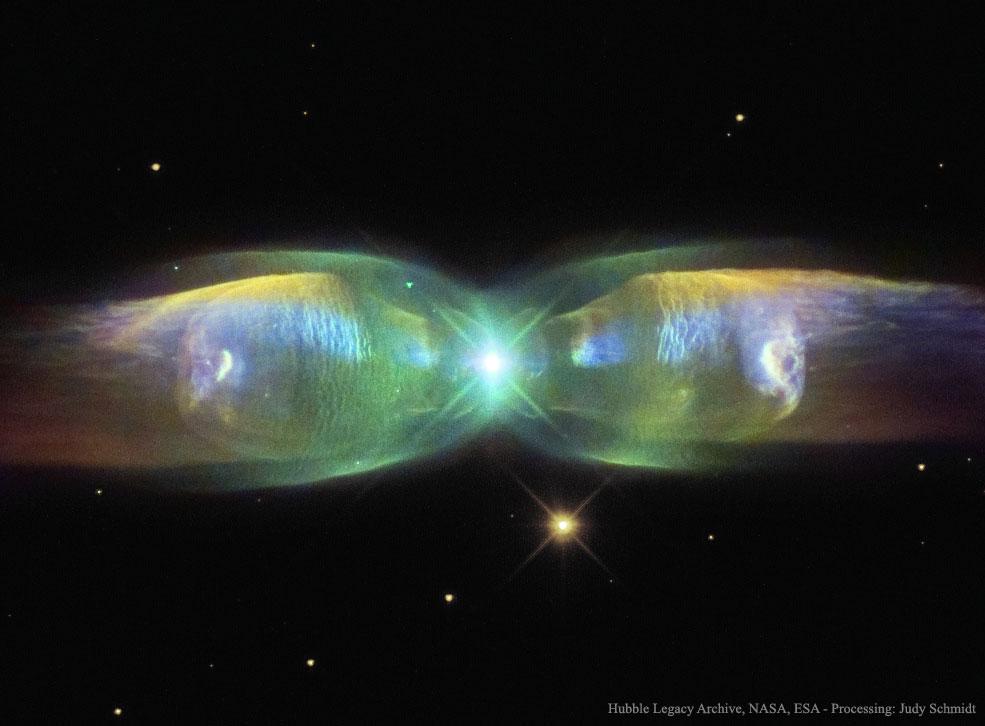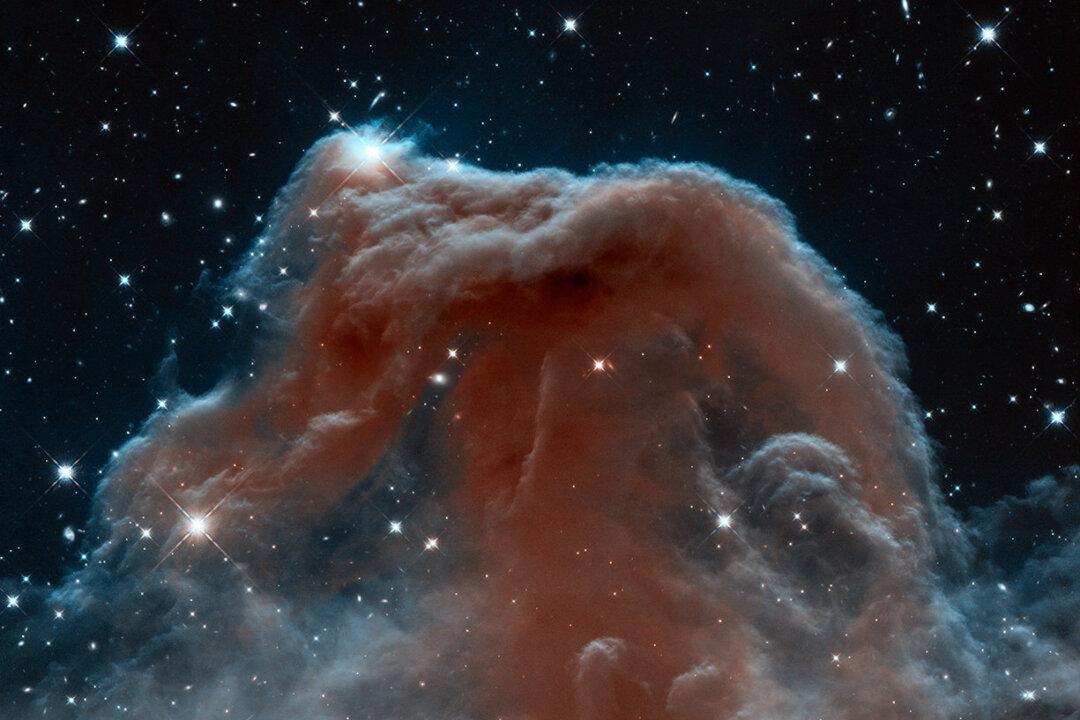We have compiled some of the most beautiful and fascinating space photos featured as NASA’s “Astronomy Picture of the Day” in recent months. With spacecraft such as Cassini capturing never-before seen views and improving space telescope imaging, looking at space has never been so vivid or awe-inspiring.
Take a few moments to imagine yourself on a spacecraft traveling light-years to observe these wonders of the universe first-hand.
None of these photos are artists’ renderings, they are all images taken by spacecraft or with the use of space telescopes. The descriptions were written for NASA by astronomers and are edited here for length.

Hubble Legacy Archive, NASA, ESA, Processing: Judy Schmidt






